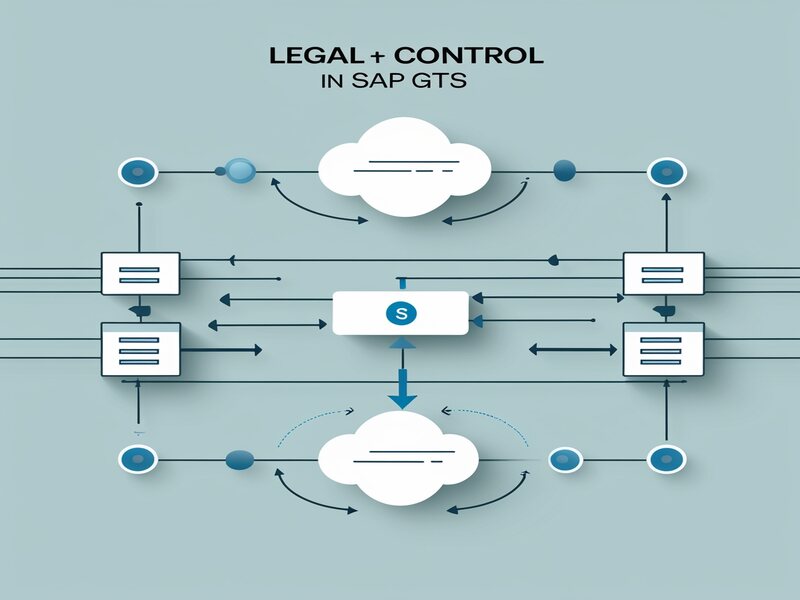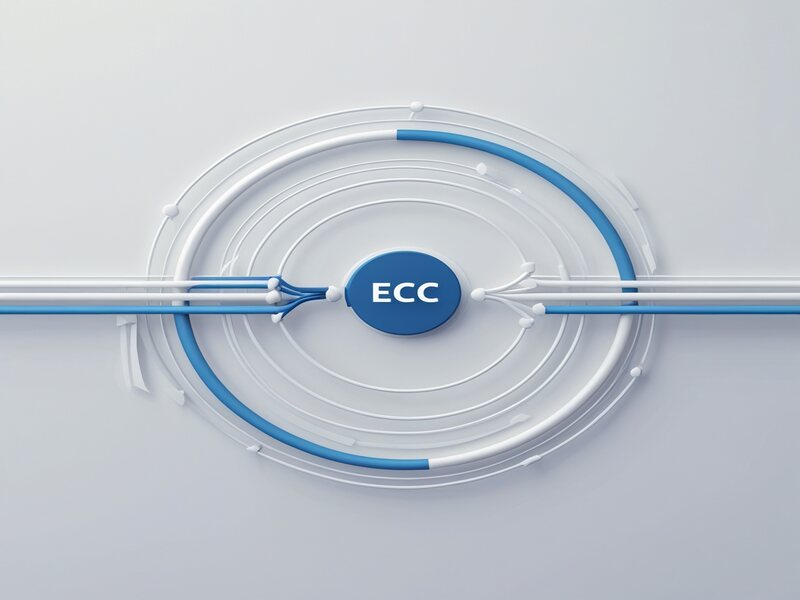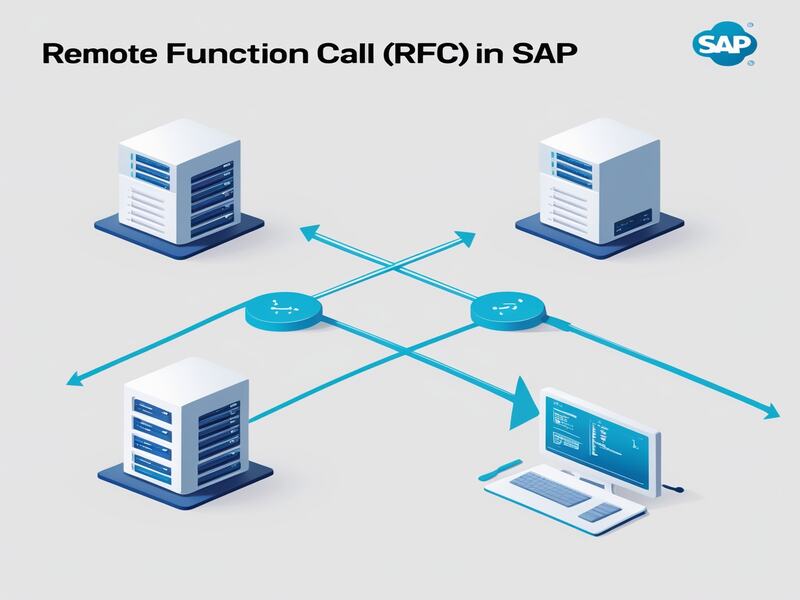SAP GTS Tutorial
SAP GTS systems can assist businesses in successfully navigating international trade by offering an effective framework for overseeing operations and adhering to regulations and standards.
What is SAP GTS
SAP GTS (Global Trade Services) enables global commerce by offering rules and regulations applicable to companies operating across borders.
Businesses must abide by certain rules and regulations when trading globally or trading locally within their own nation, whether selling or purchasing goods from another nation or buying and selling within.
GTS systems enable businesses to conduct successful trade by adhering to all regulations set out by local authorities in terms of exporting, importing and domestic business operations.

SAP GTS requires one to demonstrate expertise and dedication, gain industry experience, and gain knowledge regarding logistics, supply chain management or international supply chain management.
What GTS in SAP
Global Trade Services (GTS) is an advanced software tool developed to assist organizations manage their global trading operations efficiently.
To be successful at GTS, one needs a solid set of skills and experience in trade management – it helps streamline operations while cutting costs for businesses.
SAP GTS helps businesses manage international trade risks such as compliance issues, penalties and supply chain disruptions more effectively.
Furthermore, it seamlessly integrates with other SAP modules, such as ERP and 4-HANA to offer end-to-end visibility and control of global trade operations.
SAP GTS features data analytics tools designed to assist organizations in detecting trade compliance, monitoring performance and optimising trade operations.
To implement SAP GTS efficiently, organisations require an in-depth knowledge of local trading regulations and customs processes in their target countries.
An extensive technology infrastructure must exist in order to implement and integrate SAP GTS with other systems successfully.
The GTS system transfers data, so if Master data arrives it will immediately log onto system A for storage and processing. This ensures it is configured properly and functioning as intended.

SAP GTS Training

Importance of legal control in SAP GTS
Legal control requires legal licenses that cover import and export transactions. Two parties are involved – vendors supply goods while parties accept customer orders.
Functionality systems automatically assign licenses based on certain parameters. To be certain of obtaining legal expertise needed to set these parameters properly and efficiently.

It’s critical that clients fully comprehend both their specific needs as well as any legal considerations applicable to their businesses in this process.
Managing Global Trade Compliance with SAP GTS
Global Trade Services (GTS) is an advanced SAP system for managing and tracking industry transactions. Our presentation begins by detailing GTS concept as well as various modules including core, industry-specific, and other.
SAP GTS can be found across numerous industries, from retail and oil and gas, to other specialisations that focus on specific subsectors or industries such as retail.
GTS serves a central goal: compliance with regulations and rules applicable to international operations for all entities involved.
Users are able to electronically declare their shipment with customs authorities as part of GTS use as well as complying with other rules that pertain to all involved.
GTS is an elegant system capable of connecting various systems together by exchanging data among them.
There are two types of data.
Master data
Transaction data.
Master data: is the master data that is sent from one system to another.
Transaction data: is transmitted between different systems; however, once processed by one system it cannot be directly imported into GTS for processing or created directly within it.
An additional type of data source is feeder systems, which connect different systems together.
While its purpose remains unclear, understanding its meaning and how data travels between these systems is paramount in understanding why and how the connection exists.
ECC in SAP GTS

SAP ERP Central Component, or ECC, is an integral part of SAP business suite that assists organizations in managing daily operations more effectively.
A legacy application, it helps manage daily processes for businesses of any kind and provides essential data transfer between GTS and ECC via ECC system first transfer point whereas GTS area menu can configure RFC connection between both sides.
ECC assigns GTS as one of its logical system names for use by various systems including our e-consist.
To accomplish this process of allocating GTS data to various systems from ECC requires creating a distribution model to move information between ECC and GTS logical system names.

SAP GTS Online Training

Process of configuring an ECC with a GTS system
They also have a system connection to the SAP GTS system.
To connect, they need to configure five steps:
1. Show the previous transaction.
2. Show the course JHS area menu only legal artery.
3. From legal R3, go to the last tab, basic settings.
4. Configure the rec RFC system to be triggered from your ECC only.
5. Configure the system communication process in real-time.
Assessing master data
Assessing master data in SAP GTS involves inspecting and verifying its accuracy, completeness, and consistency to ensure customs processing efficiency and trade law compliance within the system.
Essential details may include vendor, customer, material, classification detail etc.
GTS ensures all fields required are completed accurately, adhering to data standards and eliminating duplicate records as needed; verifying against outside sources if needed and conducting audits where applicable.
Its main role also lies in the evaluation and oversight of Master Data and transactions.
Remote Function Call in SAP GTS
Remote Function Call (RFC) refers to when EACC systems must recognize that one system being tested as being the “Target system.”

In case this test involves testing on different platforms, each must recognize one target system as such before passing tests against that particular target system.
RFC connections and specific data types must then be sent and received on both ends.
RFC connections are essential in this process, providing data exchange between ECC and GTS systems.
But this exchange raises some issues such as data types sent or needing to be added – these concerns need to be considered during implementation of any strategy for data flow between ECC and GTS systems.
RFC connections also enable data to flow between ECC and GTS, including Master data types like transactions and master transactions.
Before mastering transaction data through RFC connections it is necessary to fully comprehend their specific characteristics as well as any specific types that must be sent across.
Conclusion
SAP GTS is essential to helping companies navigate the complexities of international commerce while staying compliant with trade laws.
By automating procedures like tariff categorisation, trade paperwork processing, and customs administration; SAP GTS simplifies operations while cutting expenses while mitigating noncompliance risks.
Integrating SAP GTS with other systems like SAP ERP and S/4HANA helps companies ensure an efficient trading process by giving end-to-end visibility and control.
Additionally, understanding the significance of master data and making sure everything is configured appropriately are keys to optimizing system’s effectiveness.
As global commerce increases, using SAP GTS will become ever more essential to companies to maintain a competitive advantage and effectively operate in an ever-more regulated global environment.

SAP GTS Course Price


Vinitha Indhukuri
Author